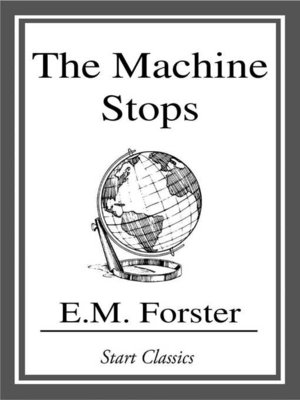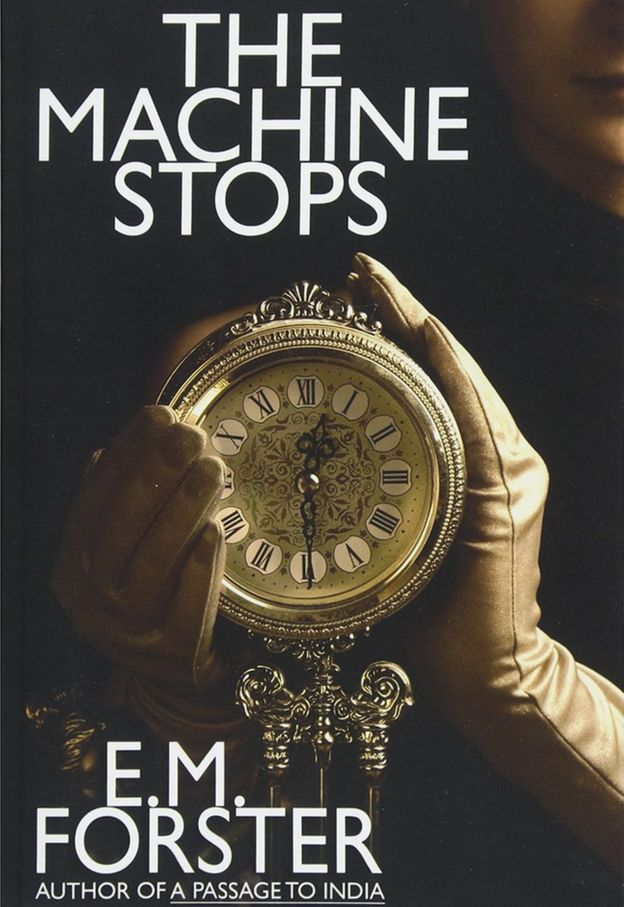

In these ways, the story seems chillingly prescient, capturing dim-but-definite elements of the world we inhabit today, like an astronomer peering through a faintly clouded lens. People live in isolation in chambers, where they can call up music and real-time video-chatting at a click the Earth’s surface is, authorities declare, uninhabitable, so people are advised to stay in their cozy rooms, which everyone has adapted to as their standard for normality. In particular, it predicted computer interfaces and programs like Skype that would allow us to communicate with people across the globe without leaving our rooms. “The Machine Stops” would become famous a century after its publication for supposedly having envisioned technologies like social media-and the dangers thereof-long before they appeared.

Still, that Forster dabbled in the genre wasn’t really that surprising, given his range as a writer, from his more realistic novels of social critique, like A Room with a View and Howards End, to his posthumously published narrative of queer desire, Maurice, or his more fantastical stories, like “The Celestial Omnibus.” Forster delighted in moments of fantasy in his fiction, and so, in some ways, “The Machine Stops” was right up his aesthetic alley. Each idea appears-in its own way-in one of Forster’s most curious short stories, “The Machine Stops.” All the more remarkable was the fact that Forster was not a science-fiction writer “The Machine Stops” would be his only entry in the genre. In 1909, long before the invention of the World Wide Web or the prospect of a world where we must live socially distant from each other, the English writer E.M.


 0 kommentar(er)
0 kommentar(er)
